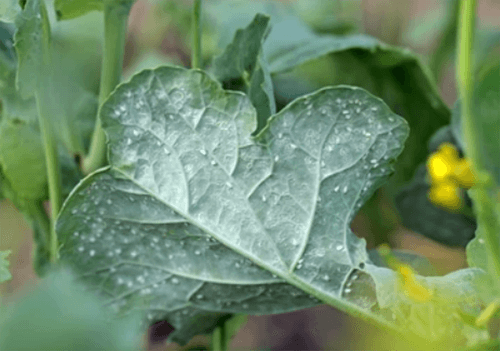Aschersonia is an insecticidal fungus and can control whiteflies and mealybugs, etc. Lifeasible has rich experience in fungal insecticide development. It has played an essential role in agricultural pest prevention and control, significantly reducing the use of chemical pesticides, lowering the cost of insect pest control, reducing environmental pollution, and bringing greater economic and environmental benefits to agriculture and forestry.

Aschersonia is widely distributed in tropical and subtropical regions, and the diversity of species, habitats, and ecological adaptations of this taxon makes the chemical structure of their metabolites and their biological activities manifestly diverse, and the structurally and functionally diverse fungal metabolites have become an essential resource for biopesticides. It has been found that Aschersonia and its metabolites, such as terpenoids, flavonoids, quinones, cyclic peptides, and sterols, have various biological activities, such as antibacterial and insecticidal, which can be effectively applied in agriculture.
Aschersonia can cause epidemic deaths of whiteflies and moths. The carcasses of the dead insects remain on the branches and leave for a long time. This is the preservation form of the pathogen in the field and becomes the source of re-infestation. Aschersonia has a high infestation rate, easy to spread, wide adaptability, and safe in preventing and controlling agricultural and forestry pests. This can naturally limit pest population size, maintain ecological balance, and reduce chemical pesticides and control. It can reduce the amount of chemical pesticides, lower the cost of control, decrease environmental pollution, improve food safety, and bring significant economic and environmental benefits to agriculture and forestry.
Aschersonia is commonly employed as a biological agent for pest management in agriculture and horticulture. We offer molecular biology techniques that provide significant tools for strain polymorphism identification and the study of genetic variation. These techniques include taxonomic identification, phylogeny, intraspecific analysis, geographical distribution, and the ecology and epidemiology of insect-borne fungi. For example, we use RAPD markers to analyze Aschersonia characteristics from different countries or regions. We also use 26S rDNA for phylogenetic analysis of Aschersonia strains. We play a crucial role in Aschersonia insecticide development by identifying strain polymorphisms.

Lifeasible has many years of experience in research services in biopesticide development. We have a comprehensive and deep understanding of insecticides and insecticidal proteins. If you are interested in us, please feel free to contact us.